Bryce Canyon National Park Planning Guide
Part of Utah’s Mighty 5, Bryce Canyon is one of the state’s most unique national parks, but it’s often overlooked by its nearby neighbor, Zion National Park. Home to peculiar rock formations like hoodoos and mesmerizing overlooks, Bryce is certainly a park that deserves your attention–especially if you’re already heading to Springdale, Zion, or Southwest Utah.
My first visit to this park was in the month of March, when snow still blanketed the upper areas of the park. It’s a fantastic place to visit in any season. I’m sharing my tips and advice for planning an unforgettable trip to Bryce Canyon.
About Bryce Canyon National Park
Located just a stone’s throw from some of America’s most amazing national parks and wilderness areas, Bryce Canyon is part of the Grand Staircase–made up by the Grand Canyon, Zion, and Bryce. All three of these areas lay on the same stretch of sedimentary rock.
Bryce Canyon, unlike the Grand Canyon and Zion, sits at a higher elevation. Its unique geography is thanks to colder temperatures and the formation of ice on the fragile sedimentary rocks, which has lead to a constant fracturing and breaking of the rocks. This is what has formed the many arches and hoodoos that make the park famous.
Embrace Bryce Canyon National Park fully by making sure you leave no trace and follow all park rules. Let’s make sure this beautiful park stays pristine! In the interest of disclosure, you should know that this post contains affiliate links. I may earn a small commission at zero cost to you if you decide to make a purchase through them. Thanks for your support. Now, let’s explore how to plan a trip to Bryce Canyon!
-
- 👉 Find the perfect hotel
- 🚗 Rent a Car
- 🥾 Find a nearby Trail
- 🧳 Pack the perfect suitcase with these packing cubes
- 👉 All the gear you need for your adventure
Getting to Bryce Canyon National Park
For non-Utah natives, most travelers will fly into Salt Lake City or Las Vegas to visit Bryce Canyon–both of which are around a 4-hour drive. As a native of both Colorado and California, both of my visits to the park were from these nearby states. These routes take you either through Zion and into Bryce (about 72 miles away) or from the north and down into the park.
If you’re looking for airfare, I always check Skyscanner for the best flight deals and schedules. I book car rentals through Hertz, which is now offering EVs.
During my most recent visit here, I drove from Los Angeles, stopped to visit Death Valley, then spent the night in Las Vegas. Afterward, I headed to Zion for a few days. To wrap it all up, I made my way to Bryce Canyon National Park.
Best Time to Visit Bryce Canyon National Park
The most popular times to visit this national park are May through September–America’s busiest summer holidays. However, this park can actually be visited year-round! Summer is perfect for stargazing on clear nights, full moon hikes, and camping.
I visited in March and loved the mix of light snow, slightly warmer spring temps, and fewer crowds. With a high elevation (9,100 feet), this park is cooler than most of the other Utah parks.
Fall is also a great time to visit with temperatures in the mid-60s to low-70s, minimal crowds, cheaper accomodations, and great hiking weather.
Then there’s winter, which can be quite cold–but the snow on the hoodoos is a spectacular sight. If you’re a skier, you’ll love to cross country on a few miles of trails through the park. Other fun winter activities in the park are snowshoeing and horseback riding, offering fun options for every member in your group.
Getting Around Bryce Canyon
With a small footprint of just 56 square miles and a hefty amount of visitors, Bryce Canyon has implemented a shuttle system that circulates from the visitor’s center to many of the popular places in the park.
You’re also welcome to drive the park road, but keep in mind that parking may be limited at popular spots.
Fun Facts About Bryce Canyon
- Bryce Canyon was settled by Mormon pioneers in the 1850s.
- The park was named after Ebenezer Bryce, who homesteaded in the area around 1874.
- Anasazi artifacts have been found near the park that date back several thousand years.
- The Pauite Tribe believed that hoodoos were people turned to stone by the legend, Coyote.
- Bryce Canyon was designated as a national monument in 1923 and named a national park in 1928.
- The park covers 35,835 acres and receives around half as many visitors as the nearby park, Zion National Park.
- It’s home to 3 endangered species: the Utah prairie dog, California condor, and the Southwestern Willow Flycatcher.
What Is a Hoodoo?
Quite possibly the most iconic feature in Utah, and certainly in Bryce Canyon, are the hoodoos. These red, white, and orange formations provide mesmerizing views for park visitors. Hoodoos are the iconic tall, spire-shaped rocks that you will see when exploring the Canyon.
Hoodoos, sometimes called “fairy chimneys,” are formed over hundreds of years from ice that freezes in the cracks of rocks, then thaws when temperatures rise. This process, called “frost-wedging,” can cause small pieces of rock to break off, giving hoodoos their shape.
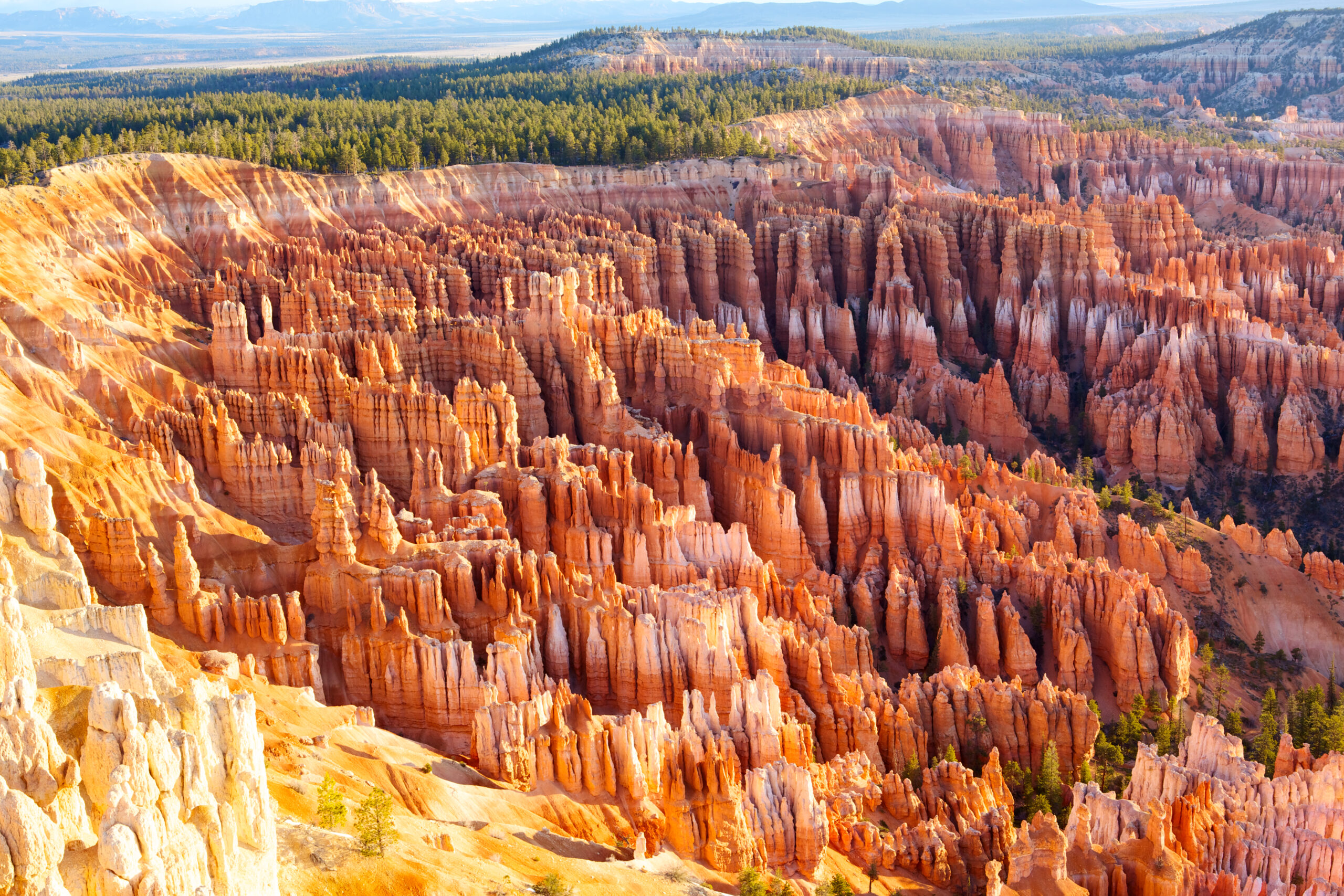
Best Things to Do in Bryce Canyon National Park
Bryce Canyon offers a wide variety of activities to do in every season–think camping, hiking, and backpacking to horseback riding, skiing, and biking. Here are activities you can fill your itinerary with while visiting the park.
- Hiking
- Scenic drives
- Camping
- Stargazing
- Winter sports and activities
- Horseback riding
- Biking
Learn more about the best things to do in Bryce Canyon National Park below.
Enjoy the Best Hiking Trails
Bryce Canyon National Park has trails for every kind of hiker, from easy ranger-led walks and 1-hour hikes to strenuous 3-hour treks. Bryce Canyon’s most popular trails include Rim Trail, The Mossy Cave Trail, Under the Rim Trail, and the beloved Queens Garden & Navajo combination.
One of my favorite trails is the Queens Garden Trail, which takes you down to the bottom of the amphitheater to look at one massive hoodoo with several hoodoos behind it. This is said to look like Queen Victoria staring out over her flower garden. This trail passes through several archways carved into the hoodoos, making you feel like you’re hiking through a maze in a sci-fi movie.
Mossy Cave Trail is a front-country easy trail that takes 30-60-minutes for the average hiker. This trail is open every season of the year and is known for its beautiful variety of mosses. If you’re someone looking for a low-elavation, shorter hike, this is definitely the trail for you!
Rim Trail brings you to many of Bryce’s most popular viewpoints, like Inspiration Point, Sunset Point, and Sunrise Point. Depending on which trailhead you choose to start your journey on, this hike can last anywhere from 1–7.5 hours. Rim Trail has 4 trailheads at each of the viewpoints in the park. As a whole, there’s a high elevation gain of 719 feet, making this a moderate trail.
The Bristlecone Loop has two trailheads you can start off from: Rainbow Point and Yovimpa Point. This trail will take you on the adventure of your life through the forest in one of the highest parts of Bryce Canyon National Park. Although this trail is high elevation, you won’t be doing much climbing (200 feet elevation gain). This hike will take you about an hour.
Up for more challenging hikes? Try these trails:
- Navajo Loop Trail: This hike is famous for its Wall Street Section, a series of steep switchbacks that disappear into slot canyons (closed from April to November.)
- Tower Bridges: Known as the destination for the iconic Tower Bridge hoodoo, this is a moderately short hike that features amazing views.
- Fairyland Loop: This loop is engulfed with hoodoos and takes you through Bryce Canyon’s most unique areas. Considering the elevation of just under 2,000 feet, the views of this hike make it well worth the trip.
- Peekaboo Loop: Another loop that is surrounded by fiery red and orange hoodoos, this trail is an excellent spring, summer, and fall activity.
Take a Scenic Drive to the Viewpoints
The Southern Scenic Drive is the 18-mile loop road that goes around Bryce Canyon National Park with truly stunning scenery along the road. It’s the best way to hit the highlights of the park if you don’t have much time! This drive takes you to 13 stops and viewpoints, where you can get out and see some of the most outstanding features in Bryce Canyon.
The most famous feature in Bryce Canyon is the Bryce Amphitheater (seen off my left shoulder in the photo at the top) along the first 3 miles of the road. Rainbow Point is the highest part of the park at 9,105 feet, and it’s located at the end of the Southern Scenic Drive.
The road takes roughly 40 minutes to complete from the visitor’s center–more if you stop to admire the viewpoints or hit nearby trails–and elevation increases as you go further down the road.
Set out early to take in the sunrise at Sunset Point and check out the Natural Bridge and Agua Canyon for some really incredible sights!
Spend a Night Camping
Bryce Canyon National Park has two campgrounds. Sunset Campground, known for its close proximity to the Sunset Point hiking trails, is ideal if youre interested in hiking the trails around Sunset Point. North Campground, right across the street from the visitor center and near the Rim Trail, has areas open year round for any winter camping enthusiasts.
Stargazing is also phenomenal here–Bryce Canyon is one of the last known sanctuaries of darkness in America. It is one of the best places to see stars and has one of the largest stargazing and astronomy festivals in the world every summer.
Try Winter Sports and Activities
If you’re looking for the perfect winter getaway, Bryce Canyon has you covered and can be enjoyed all year round. The winter, although cold, is wonderful as there are far fewer people exploring the park. The park has 10 miles of trails for cross-country skiing, snowshoeing, and peaceful, snowy hikes.
Plus, who wouldn’t want to see the hoodoos blanketed with snow? Ranger-led walks and snowmobiling (offered in town) are other winter options.
Go Horseback Riding
Canyon Trail Rides offers guided tours of the park on horseback, giving riders a new perspective of the park’s iconic landscapes. With the wind in your hair and unspoiled scenery around you, it’s a fantastic way to enjoy Bryce Canyon.
Explore the Park on Bike
After a few days of hiking around the area, biking is a fun alternative! Bryce Canyon offers visitors a 5-mile shared-use path that connects the shuttle station to the visitor center, Sunrise Point, Sunset Point, and Inspiration Point.
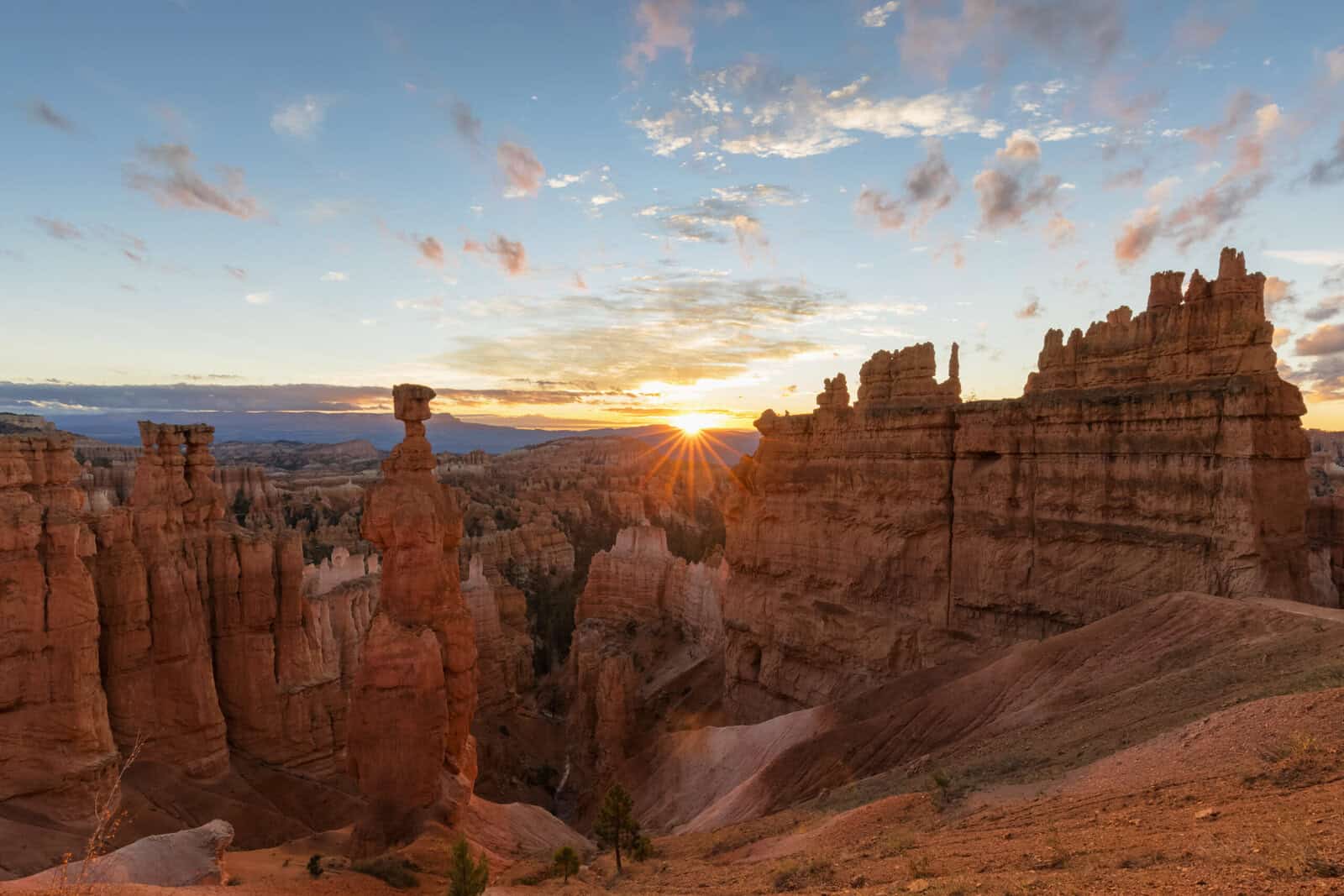
Safety and Gear in Bryce Canyon National Park
If you’re anything like me, you want to pack everything but the kitchen sink as your essentials to make sure you’re prepared. But what do you truly need to know and carry to make the most of your trip to Bryce Canyon? Here are a few of my recommendations to cover all your bases.
- Weather: On average, Bryce is 18 degrees cooler than Zion National Park–it’s important to pack for cooler temperatures and higher elevation if you’ll be visiting both parks. Beware of thunderstorms while on trails, as flash floods can make Bryce Canyon extremely dangerous. Stay out of washes during rainfall and check the weather before heading out on trails.
- Sun Protection: If you’re visiting in the summer, the sun in Bryce can be quite intense at the higher elevation. I recommend bringing a great mineral sunscreen, polarized sunglasses, a hat with good coverage, and a moisture-wicking sun shirt if you plan to do any hikes.
- Footwear: A great pair of hiking boots is essential at any national park, especially for hikers. My favorite pair are these Merrells–I’ve worn them for years and years. If you’re heading to the park in winter, I recommend a pair of microspikes (slip-on shoe covers that make traction on ice and snow a breeze).
- Headlamp: With some of the darkest skies you’ll find anywhere in the U.S., heading out in the evening to look at stars is one of the most popular pastimes in Bryce Canyon. My go-to headlamp is this one from BioLite–it’s super compact and bright enough to light up the path in front of you when you need it.
Lodging Near Bryce Canyon
Where should you stay when visiting Bryce Canyon National Park? You have tons of options, with a variety of inns, lodges, hotels, and campgrounds nearby. Pick a mountaintop inn with cozy ambience or a rustic glamping tent with plenty of amenities. These are some of my favorite places to stay near Bryce Canyon!
- Ruby’s Inn: Located just outside the park entrance, this charming inn features amenities from a buffet-style restaurant and seasonal pools to bike rentals and an RV park.
- Bryce Canyon Grand Hotel: Designed like a luxury lodge and just beyond the park entrance, this highly-rated hotel offers extra amenities like a fitness center, pool, and secluded patio area for evenings enjoyed outside.
- Bryce Canyon Pines Lodge: Just 6 miles from the park, this lodge provides country-style accommodations, a pool, and an onsite restaurant with special details like wood-beamed ceilings and upgrades to suites and cottages.
- Stone Canyon Inn: Just a minute’s walk away Bryce Canyon National Park, this secluded inn has mountaintop views, a sauna, and complimentary parking, making it a great place for you and your family to relax after a long day hiking.
- Bryce Canyon Villas: A beautiful 20-minute drive away from the park, these cabins really put you in that cozy, mountain mood you’ve been waiting for. Each cabin offers a private deck with a BBQ for added family fun as well.
- Wandercamp Glamping Bryce-Escalante: With rustic, off-grid accommodations that add a little glamour to your camping trip, Wandercamp sits just 15 minutes from the park with bonus amenities that make your stay extra-inviting. Plus, it’s located on the scenic route from Escalante to Capitol Reef National Park if you’re up to explore more of this gorgeous state!
- North Campground: Conveniently located across the street from the visitor’s center and close to the Rim Trail, this campground opens sections year-round for winter camping and features 100 sites in 4 loops.
- RV sites (some reservable): $30/night
- Tent sites: $20/Night
- Sunset Campground: An ideal place to pitch your tent or park your RV if you’re planning on hiking the Sunset Point trails, this campground has a shuttle stop at the entrance and 99 sites in 3 distinct loops.
- RV sites (reservable) : $30/night
- Tent sites (reservable): $20/night
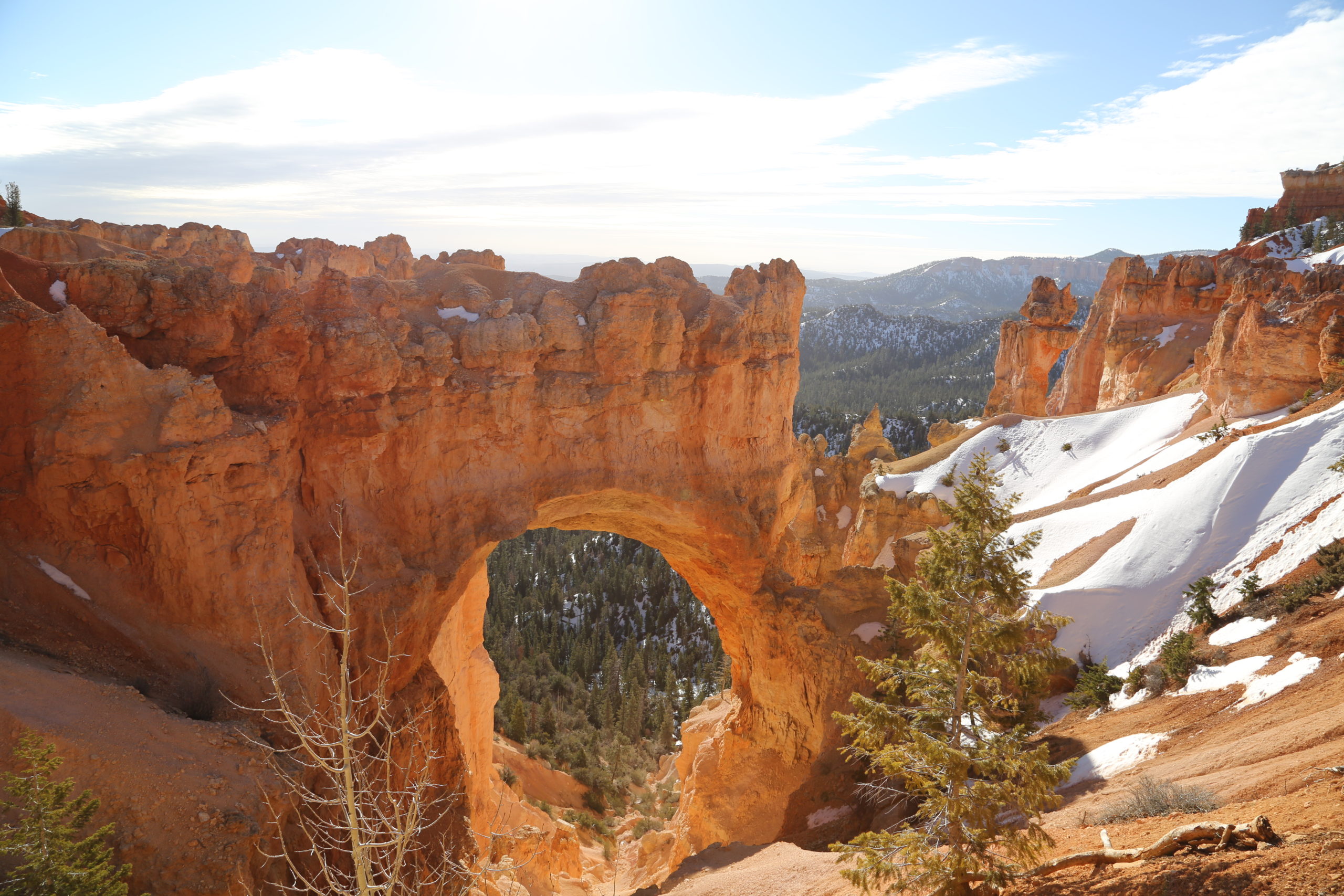
Start Planning Your Trip to Bryce Canyon National Park!
With mystical hoodoos rising from the ground, miles of hiking trails to explore, and mesmerizing mountain views in some of Utah’s most unique landscapes, this Bryce Canyon National Park planning guide will help you put together a memorable itinerary through the best trails and features this park has to offer. With ideas of the best things to do, trails to hike, and what to pack, you’re ready to make your Bryce Canyon adventure a reality!
Read Next:
11 Best Backcountry Swimming Holes to Explore This Summer
11 of the best hikes that take you to back country swimming holes in the US. Grab your bathing suit, hiking boots and your sense of adventure.
Exploring Utah’s Mighty 5
Utah is home to 5 National Parks, including two of the least visited parks in the nation. Here’s how to visit all 5 in one roadtrip.
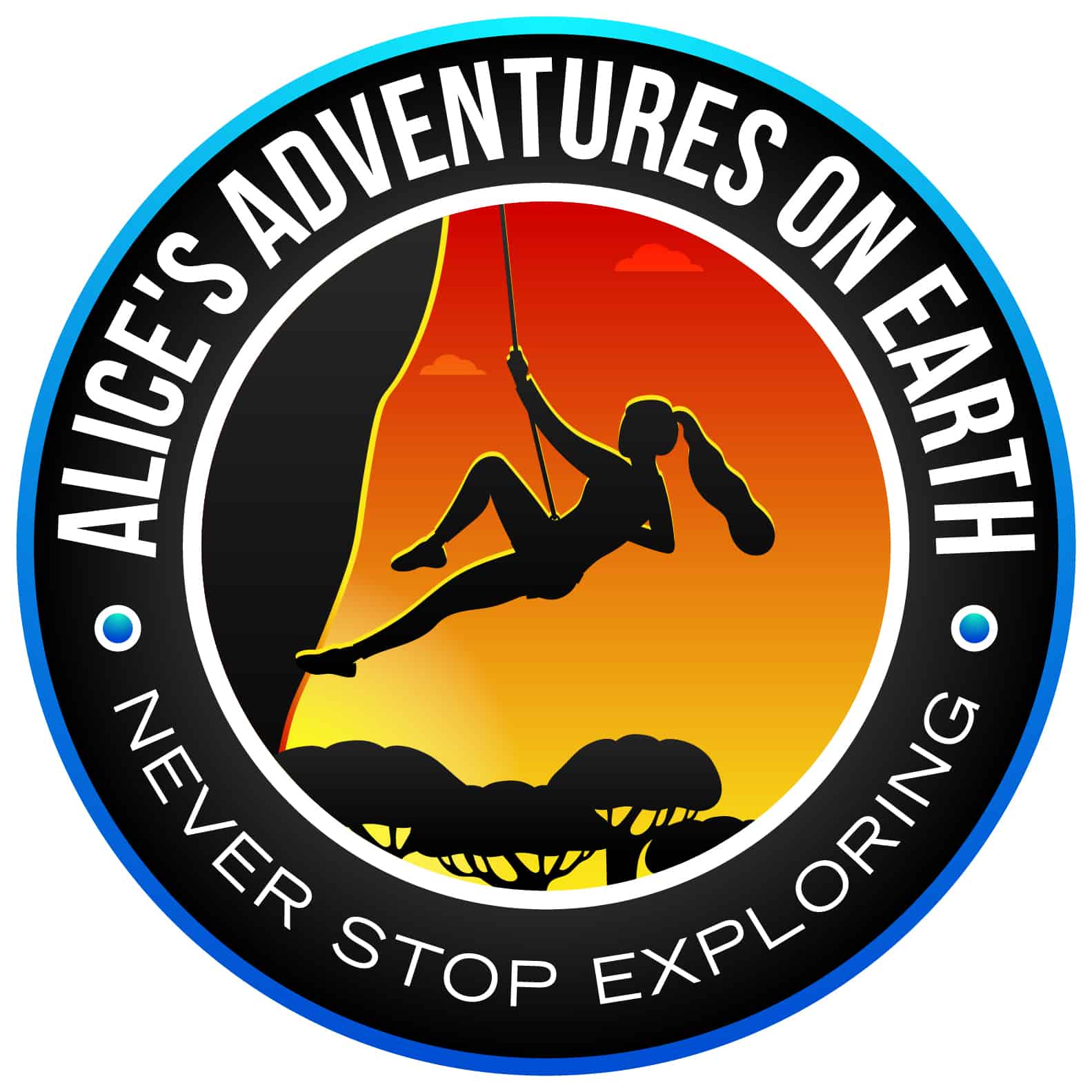
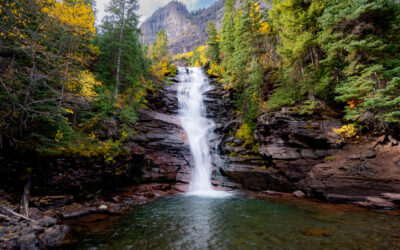
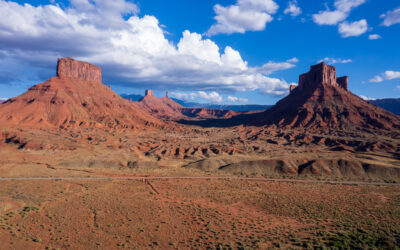
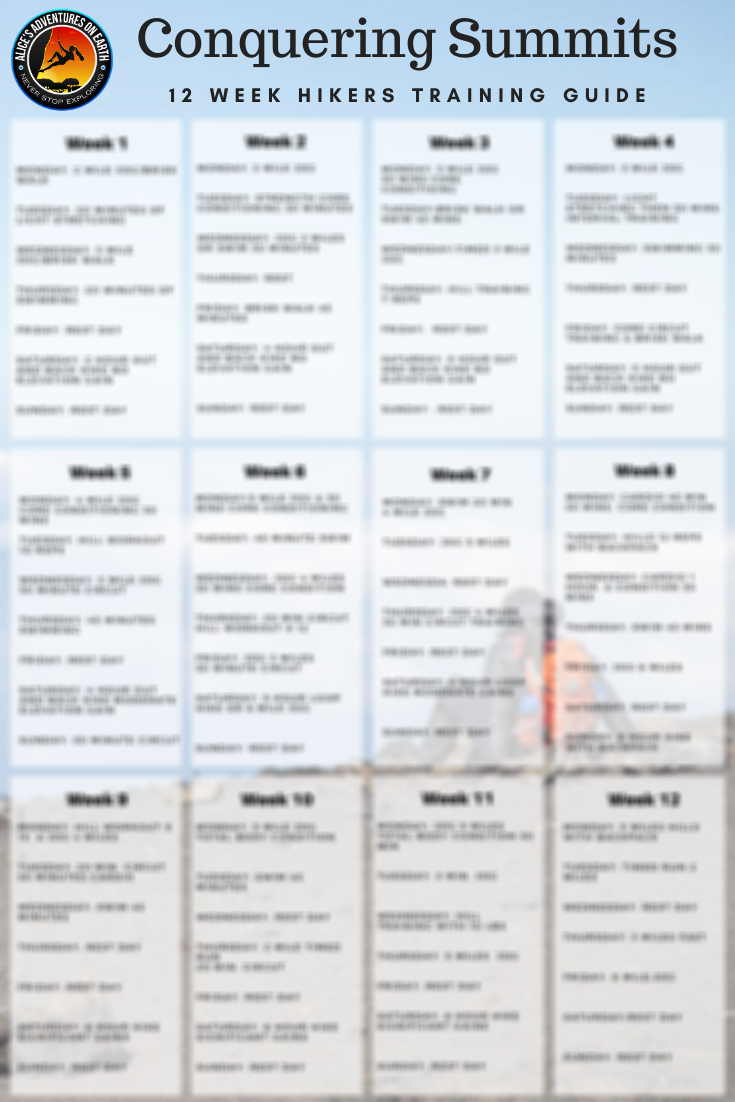


0 Comments